30 Best Book Logo Design Ideas You Should Check

Source: Burak Bal, Dribbble, https://dribbble.com/shots/20205178-Book-and-T-letter-Concept-No-1
In the bustling world of branding, a standout logo is the silent herald of your brand’s story, particularly true for those in the literary sphere. Enter the realm of book logo design, where the fusion of art and text beckons readers and brands alike. Whether you’re a burgeoning small press, a cozy bookstore, or a solitary author aiming to make your mark, the perfect logo can set you apart in a crowded market. This article is your gateway to exploring the most inventive and inspiring book logo design ideas currently turning pages in the design world.
Packed with creativity, each design idea we showcase is a masterclass in narrative and style. From minimalist icons to rich, illustrative emblems, these logos do more than identify; they intrigue and invite. As we dive into this visual feast, you'll discover how designers are bending traditional motifs and forging new ones that speak volumes. Ready to turn the leaf on bland designs? Let’s jump into a collection of book logo designs that are as unique as the stories they represent. Let your next logo be a bookmark that readers and clients will cherish.
Book Logo Design Ideas

Source: Dimitrije Mikovic, Knowledge Society, Dribbble, https://dribbble.com/shots/7008307-Knowledge-Society

Source: Manuela S., Doses de Leitura, Behance, https://www.behance.net/gallery/195376611/Doses-de-Leitura-Identidade-Visual

Source: Badr, Canadian Books Club, Dribbble, https://dribbble.com/shots/19509277-canadian-books-club

Source: Erick Rangel, Between the Lines, Dribbble, https://dribbble.com/shots/20991337-Between-the-Lines-Icon

Source: Mykola Striletc, La Francavillese, Dribbble, https://dribbble.com/shots/19456764-La-Francavillese-logotype

Source: Antonio Calvino, Publishers Writers, Dribbble, https://dribbble.com/shots/14638116-Publishers-writers

Source: Bojan Oreskovic, Bookio, Dribbble, https://dribbble.com/shots/17884816-Bookio-logo

Source: Desire Creative Agency, Friend, Dribbble, https://dribbble.com/shots/19172948-Logo-Friend
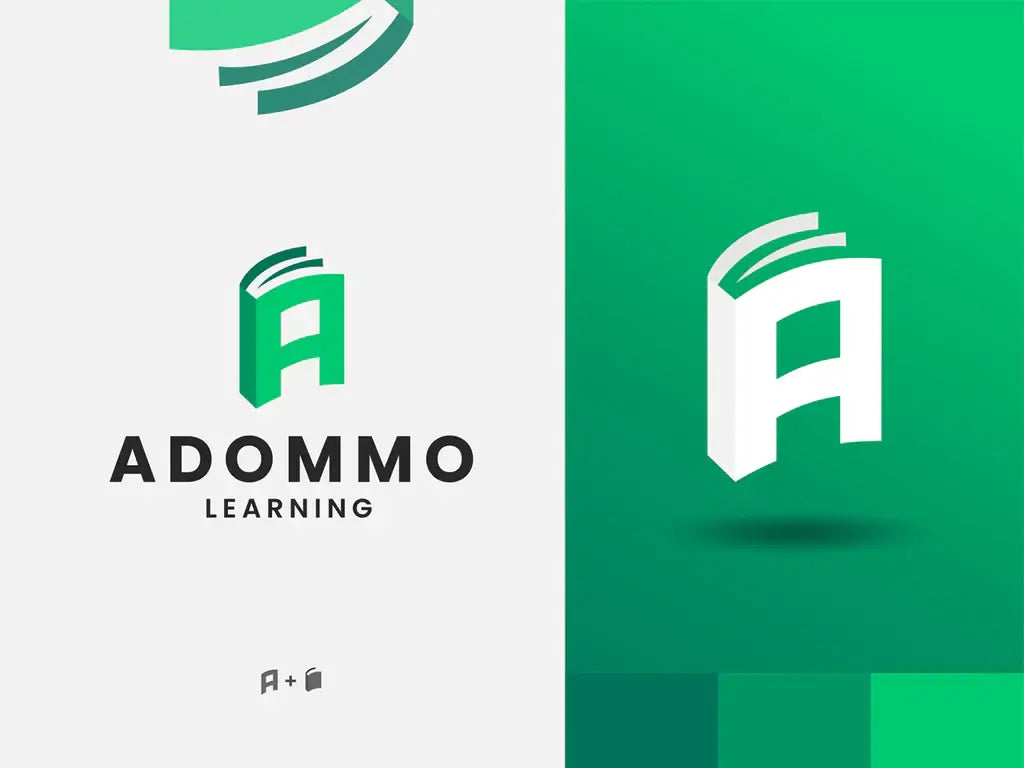
Source: Rawhouse, Adommo Learning, Dribbble, https://dribbble.com/shots/19701497-ADOMMO-LEARNING

Source: Alexandra Erkaeva, Dear Book, Dribbble, https://dribbble.com/shots/19194463-Dear-Book

Source: Ahmed Creatives, Bird Book, Dribbble, https://dribbble.com/shots/16055385-Bird-Book

Source: Anna Key, Double Booked, Dribbble, https://dribbble.com/shots/15384493-Double-Booked-Logo

Source: Done, Sarnami, Dribbble, https://dribbble.com/shots/20023145-Sarnami-Branding

Source: Dennis Pasyuk, Book Planet, Dribbble, https://dribbble.com/shots/15618161-Book-Planet-Land-and-Brand-Ep-4-Logo

Source: Ted Kulakevich, Audible, Dribbble, https://dribbble.com/shots/20773270-Audible-Rebrand-Concept

Source: Book Keeper, Yuri Kartashev, Dribbble, https://dribbble.com/shots/20394643-Book-Keeper

Source: Vadim Korotkov, LoveBook, Dribbble, https://dribbble.com/shots/15148712-LoveBook-Logo-Design

Source: Second Eight, Readline, Dribbble, https://dribbble.com/shots/16685170-Readline-Logo-Design

Source: Andrii Kovalchuk, Geekboy, Dribbble, https://dribbble.com/shots/19461244-Geekboy

Source: Artology, Dribbble, https://dribbble.com/shots/20124928-Book-Logo-Exploration

Source: Burak Bal, Dribbble, https://dribbble.com/shots/20210612-Book-and-T-letter-2

Source: Curvepixel, Next Chapter Books, Dribbble, https://dribbble.com/shots/18455400-Next-Chapter-Books-Logo

Source: Shot Identity, Free Library, Dribbble, https://dribbble.com/shots/19984045-Free-Library

Source: Second Eight, Nature Book, Dribbble, https://dribbble.com/shots/16523778-Nature-Book-Logo-Design

Source: Andrii Kovalchuk, Book Star, Dribbble, https://dribbble.com/shots/19376897-Book-star

Source: Dusan Klepic, Warrior Stories Studio, Dribbble, https://dribbble.com/shots/18017453-Warrior-Stories-Studio

Source: Nikoloz Narsia, Dribbble, https://dribbble.com/shots/15627040-book-logo

Source: Ewelina Chmielowiec, Biblioteka Publiczna Gminy Bełżec, Behance, https://www.behance.net/gallery/148340127/Logo-Biblioteka-Publiczna-Gminy-Belzec

Source: Ryka Nouvin, Singapore Literary Arts Library, Behance, https://www.behance.net/gallery/138271157/Singapore-Literary-Arts-Library

Source: Burak Bal, Dribbble, https://dribbble.com/shots/20205178-Book-and-T-letter-Concept-No-1
What Are the Key Elements of an Effective Book Logo Design?
Embarking on the journey of crafting a book logo design can be akin to the thrilling first chapter of a new novel. Each element must come together to tell a story, enticing readers and creating an indelible impression. If you’re ready to pen a visual saga that captivates and sells, here are five essential elements to include in your book logo design.
Clarity of Concept
The best book logos have a clear and compelling concept at their heart. This idea should resonate with your target audience and reflect the essence of what the book or brand stands for. Whether it's adventure, knowledge, mystery, or romance, the theme should be instantly recognizable. This clarity ensures that your logo is not just seen but felt, making a lasting connection with the viewer.
Memorable Typography
Typography in book logo design isn't just about choosing beautiful fonts; it's about creating a presence. The typeface you choose can tell a story as rich as the words on the pages. Serif fonts might evoke a classic, timeless feel, suitable for historical or literary works, while sans-serif fonts can suggest a modern, approachable brand. The key is to select typography that stands out in the sea of book covers and spine labels, ensuring your logo remains etched in the minds of bibliophiles.
Symbolism and Imagery
A picture is worth a thousand words, and in logo design, it's worth even more. Symbols and images can convey complex ideas quickly and effectively. A clever use of imagery can allude to the central themes of a book or the spirit of a publishing house. For instance, an image of a quill or typewriter can be perfect for a publishing logo, suggesting a deep respect for the craft of writing, while a tree might symbolize growth, knowledge, and rootedness, ideal for academic or historical literature.
Color Psychology
Colors are not just decorations; they evoke emotions and create atmosphere. Choosing the right color palette for your book logo can set the tone of your narrative. Blues can convey calmness and credibility, perfect for non-fiction or academic books, while reds might be used to express passion or excitement, suitable for novels or dramas. Understanding the psychology behind color can help you decide which hues will best tell your story and appeal to your readers.
Scalability and Versatility
A great book logo design must work across various media and sizes – from the tiny spine of a book to a large billboard advertisement. It should be legible and effective whether it’s printed in one color on a receipt or displayed in full-color glory on a website. The logo should be versatile enough to adapt to different backgrounds, work in black and white, and still be recognizable.
Incorporating these five elements into your book logo design ensures that it is not only a mark of ownership but also a mark of quality. It becomes a beacon that attracts and assures readers they are in for a treat. So, whether you are designing for a single book or an entire library, remember that your logo is the cover story of your brand, make it count!
How Do I Choose the Right Style for My Book Logo Design?
Choosing the right style for your book logo design is like picking the perfect outfit for a first date—it should be striking, appropriate, and a genuine reflection of who you are. Here are five essential tips to help you tailor your book logo design to fit not just your book, but your brand's identity as well.
Understand Your Genre's Visual Language
Every book genre speaks its own visual language, and tapping into this can be crucial for your logo’s success. A sci-fi novel might benefit from a sleek, futuristic font and dark, neon colors to convey its otherworldly themes. Romance novels, on the other hand, might lean towards elegant scripts and soft, warm hues that suggest intimacy and passion. By aligning your logo with genre expectations, you ensure it resonates with the right audience from the get-go.
Reflect Your Brand’s Personality
Your logo is a prime opportunity to showcase your brand's personality. Is your brand adventurous, scholarly, or perhaps whimsically creative? Select design elements that reflect these traits. For example, a bold, adventurous logo might incorporate sharp angles or rugged, stencil-type fonts, whereas a scholarly brand could opt for a more refined, traditional look with classic typefaces and a muted color palette. Remember, your logo should be a mirror reflecting your brand’s core characteristics.
Consider Modern Versus Traditional
Deciding between a modern or traditional style can significantly impact your book logo design. Modern logos often use clean, minimalistic styles and sans-serif fonts, perfect for cutting-edge contemporary literature or non-fiction. Traditional logos might use more ornate elements and serif fonts, suiting genres like historical fiction or classic literature. Think about where your book fits in the timeline of its genre and choose a style that complements its place within that spectrum.
Play with Symbols and Metaphors
Symbols and metaphors add layers of depth to your logo. Choose symbols that not only stand out visually but also have a strong connection to the themes or settings of your book. For example, a logo for a series of marine adventures might feature nautical elements like anchors or ship wheels, which instantly suggest the sea and voyages. These symbols become shorthand for your stories, making your logo a quick visual synopsis of your book.
Experiment with Color Psychology
Colors can dramatically affect how your logo is perceived. Each color evokes different emotions and can set the tone for your brand. For instance, green often symbolizes growth and renewal, suitable for personal development books or environmental topics. Red might evoke passion and drama, ideal for romance or thriller genres. Choose a color scheme that enhances the mood you want to associate with your book while ensuring it also stands out on various backdrops and sizes.
By thoughtfully considering these points, you’ll craft a book logo design that not only looks great but also works hard to attract the right readers. Remember, a well-designed book logo tells a story at a glance, making it a crucial chapter in the success story of your book. Choose wisely, and let your logo do the talking!
What Are Some Iconic Book Logo Designs?
Diving into the world of iconic book logo designs is like exploring a treasure trove of creativity and history. These logos not only represent the brands they stand for but also have become enduring symbols in the literary landscape. Here, we’ll flip through the pages of some truly memorable book logo designs that have left their mark. Buckle up, because we’re about to embark on a visual journey that showcases the pinnacle of book logo design creativity!
Penguin Books
The Penguin Books logo is undeniably one of the most recognizable in the publishing world. Featuring a quaint, simplistic depiction of a penguin, this logo encapsulates the elegance and approachability of the brand. Designed in 1935 by office junior Edward Young, who was sent to sketch at the London Zoo, the penguin was chosen for its dignified yet humorous appearance. This logo conveys reliability and an enduring love for books, appealing to a broad audience with its charm and simplicity.
HarperCollins
HarperCollins uses a logo that is both classic and authoritative, featuring a depiction of flames within a simple shield. This design speaks to the publisher’s heritage and commitment to igniting the imaginations of readers across the globe. The use of traditional elements in its logo design reinforces the brand’s storied history and its mission to publish works that endure.
Scholastic
The Scholastic logo, with its stylized letter S resembling a mobius strip, suggests infinity and the limitless possibilities of reading and education. This dynamic logo reflects the brand’s focus on continuous learning and its role in the educational sector. The bold, red color choice stands out and is effective in catching the eye of teachers, parents, and children alike, making it a staple in schools around the world.
Random House
The Random House logo features a stately house under a random tree, which captures the essence of the brand’s name and its commitment to publishing a diverse range of books. This logo is evocative of stability and tradition, reassuring both authors and readers of the quality and integrity that the brand stands for. Over the years, its design has been refined to ensure it remains relevant in the modern digital age while still honoring its rich legacy.
Macmillan
Macmillan’s logo is a simple yet powerful apple, sitting atop a stack of books. This design cleverly plays on the iconic image of the apple associated with knowledge and learning, nodding to the famous story of Sir Isaac Newton and the apple tree. It's a visual metaphor for enlightenment through education and reading, perfectly aligning with the brand’s mission to enrich lives through learning.
Each of these logos not only serves as a visual anchor for the brands they represent but also communicates the respective company’s values and mission. They remind us that a book logo design is more than just an aesthetic choice; it’s a powerful storytelling tool in its own right. These iconic designs stand the test of time by combining visual appeal with deep meaning, resonating with generations of readers and writers around the world. If you’re crafting your own book logo, let these timeless examples inspire you to create something equally iconic!
What Fonts Work Best for Book Logo Designs?
Choosing the right font for your book logo design is like selecting the perfect voice for your favorite character in a novel—it sets the tone and personality. A well-chosen font can transform a simple logo into an evocative and memorable brand identity. If you’re on a quest to find the perfect typeface for your book logo, here are five fonts that consistently read well in the world of book logo design. Get ready to typecast your brand’s character!
Garamond
Sophisticated and timeless, Garamond is often the go-to choice for those looking to impart a classic, scholarly vibe to their book logo. This serif font exudes a sense of history and credibility, making it a fantastic pick for historical texts, literary fiction, and academic publications. Its elegant, old-style numerals and finely tuned contrast communicate a high level of professionalism and an established voice.
Futura
For a more modern, clean look, Futura is a stellar sans-serif font that brings sleekness and clarity to any book logo. With its geometric structure and evenly balanced strokes, Futura conveys efficiency and forward-thinking. It’s particularly effective for science fiction, business books, and any genre that prides itself on pushing boundaries and embracing the future.
Baskerville
Another serif font, Baskerville, offers a bridge between the old-world charm of Garamond and the more crisp, modern appeal of transitional serifs. Known for its readability and beautiful italics, Baskerville is an excellent choice for a broad range of topics, including romance, philosophy, and general fiction. It suggests a high level of thoughtfulness and a refined aesthetic sense.
Helvetica
Ubiquitous but undeniably effective, Helvetica is celebrated for its versatility and neutrality. This sans-serif font can adapt to any context, which makes it an ideal choice for branding purposes. Whether you’re designing for a trendy contemporary novel, a professional self-help guide, or a children’s book, Helvetica maintains clarity and functionality without taking the spotlight from the logo imagery.
Bodoni
Dramatic and impactful, Bodoni is the diva of typography and a fantastic font for book logos that intend to make a statement. With its drastic thin-to-thick transitions and eye-catching style, Bodoni can give your logo a look of luxury and boldness. This font is particularly suited for high-end fashion magazines, art books, and any genre that desires to stand out from the crowd and appeal to a style-conscious audience.
When selecting a font for your book logo design, consider the character and tone you want to convey. The font should be legible at various sizes and work well across different media platforms. The right font will not only complement the visual elements of your logo but also enhance the overall brand narrative. So choose wisely, and let your book logo speak volumes!
What Should I Avoid in Book Logo Design?
Diving into the creative pool of book logo design can be thrilling, yet a few missteps could send your logo sinking rather than swimming. Here are five key pitfalls to steer clear of, ensuring your logo makes waves for all the right reasons:
Overcomplicating Your Design
Think of your logo like the cover of a bestseller—too much clutter and your audience might just pass it by. A book logo should be the hook that catches the eye, not a puzzle that needs solving. Avoid excessive elements, overly complex typography, or an abundance of colors that can make your design confusing and difficult to reproduce across different media. The best logos are often simple and memorable, striking the perfect balance between creativity and clarity.
Using Cliché Images
Open books, pens, or eyeglasses? Think again! While these are undeniably related to reading and writing, they are vastly overused in book logo design. Your logo should aim to stand out in a crowded bookstore, not blend into a sea of sameness. Try to think outside the book—play with metaphors, abstract forms, or unique typographic treatments that tell a story unique to your brand.
Neglecting the Target Audience
Your logo isn’t just a pretty design; it’s a strategic business tool. It's crucial to consider who you are trying to attract. A logo for a children’s book publisher will look vastly different from one tailored for scholarly academic publications. Tailor your design to resonate with your specific audience—using appropriate colors, fonts, and imagery that appeal to their tastes and expectations.
Forgetting About Versatility
A great logo performs well across various platforms, from the spine of a book to a digital banner. Avoid designs that only look good on a single medium or in full color. Your book logo design should be versatile, scalable, and equally impactful whether it’s printed on a business card, displayed on a website, or embossed on a leather cover. Always test your logo in multiple sizes and formats to ensure it maintains its integrity and effectiveness.
Copying Popular Trends Blindly
While it’s important to stay updated with the latest design trends, blindly following them can lead to a logo that feels outdated as soon as the trend passes. Additionally, a trendy logo may fail to represent your unique brand identity genuinely. Strive for a timeless design that reflects your brand’s personality, values, and the essence of the books you publish or sell. This approach not only sets you apart but also ensures your logo remains effective and relevant for years to come.
Avoiding these pitfalls in book logo design isn't just about dodging errors; it's about crafting a symbol that truly encapsulates the spirit of your literary venture. A well-designed logo not only marks your brand’s territory in the market but also builds a visual connection with your audience, inviting them to open the book and read more.
Conclusion
Mastering book logo design is about blending creativity with strategic thinking. By avoiding common mistakes like overcomplication, clichéd imagery, audience misalignment, lack of versatility, and trend dependency, you ensure your logo not only stands out but stands the test of time. A thoughtful approach to your book logo design can significantly elevate your brand’s presence and connect more profoundly with your intended audience. Remember, a great logo tells your story at a glance, captivating and drawing readers into the world you’ve crafted. Let your logo be the beacon that guides them there.
Let Us Know What You Think!
Every information you read here are written and curated by Kreafolk's team, carefully pieced together with our creative community in mind. Did you enjoy our contents? Leave a comment below and share your thoughts. Cheers to more creative articles and inspirations!

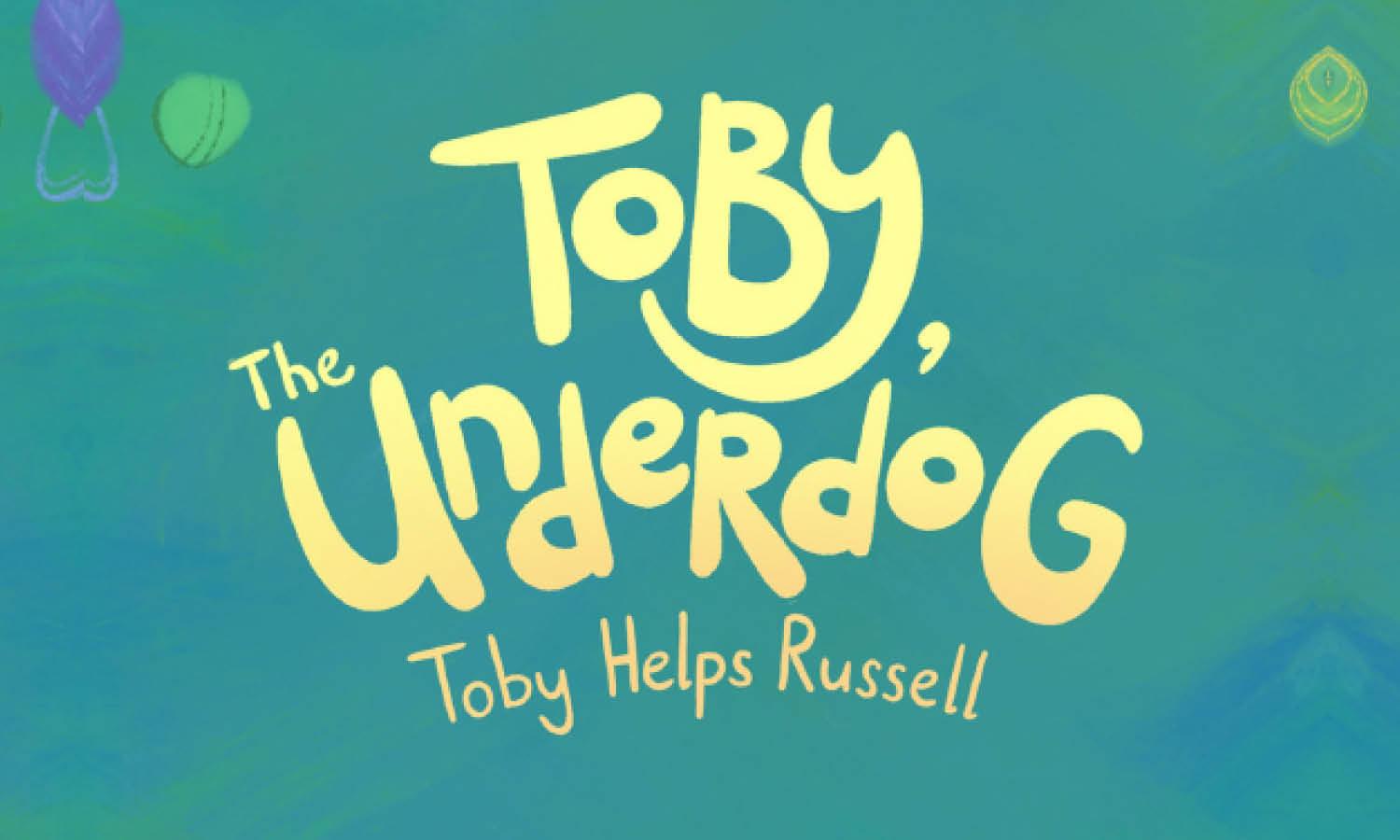

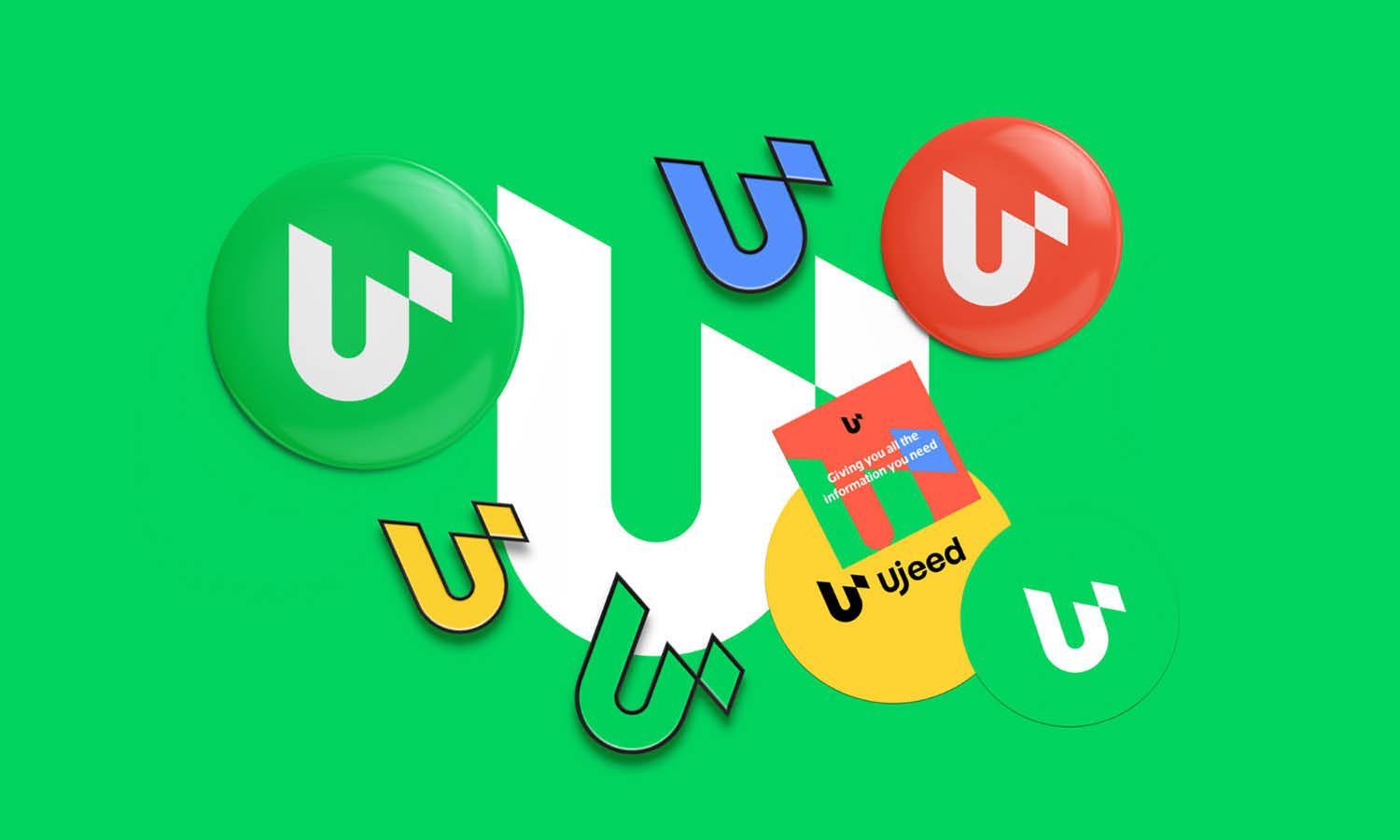
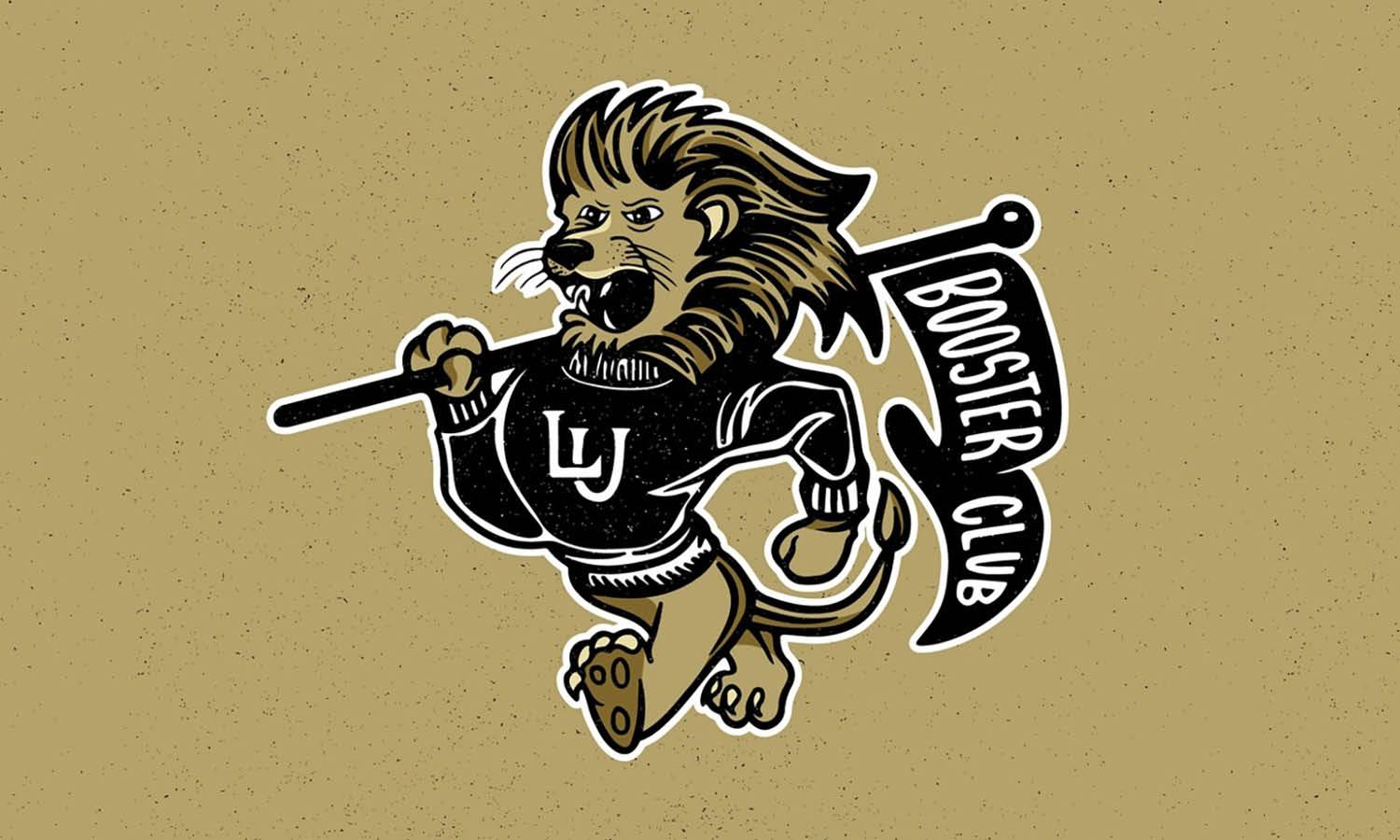
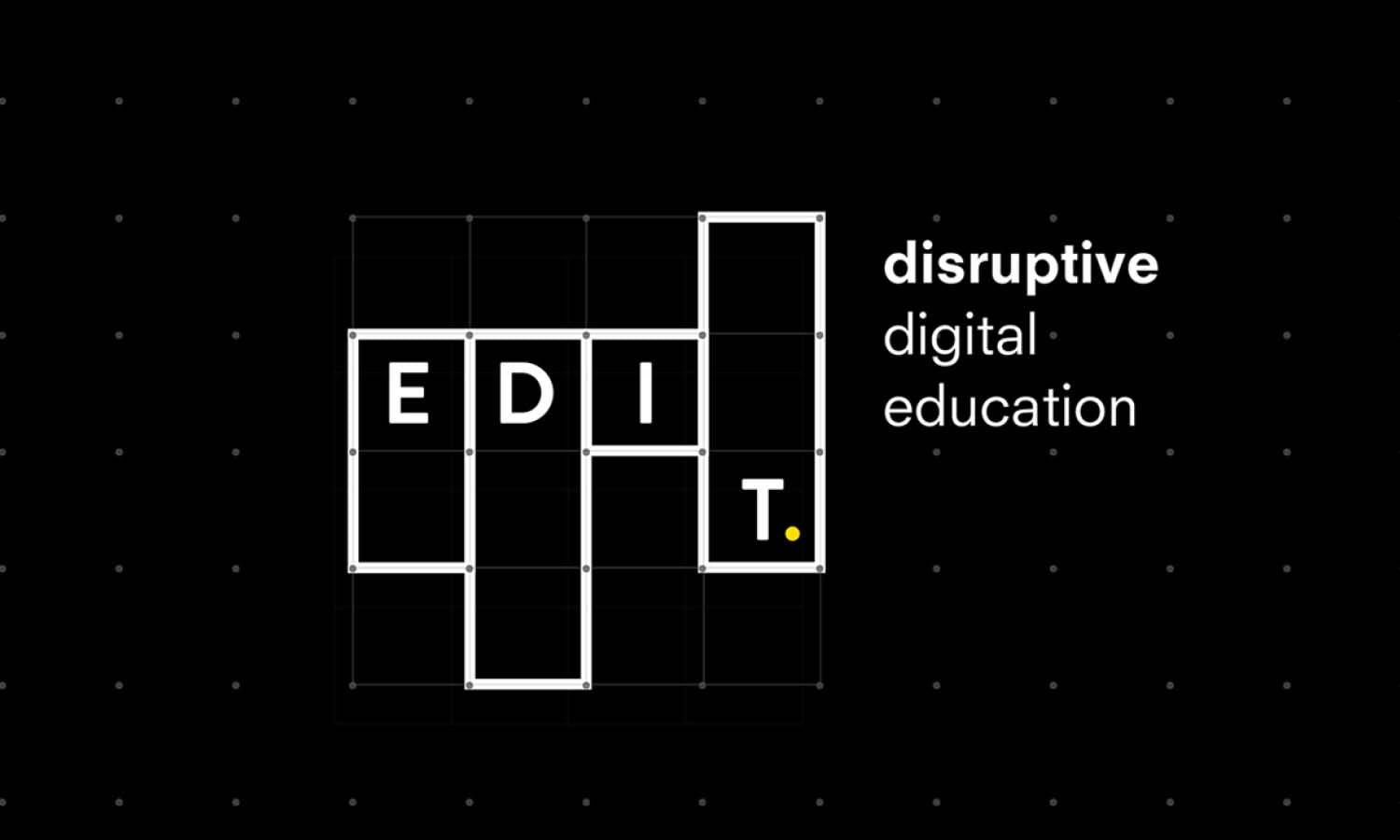
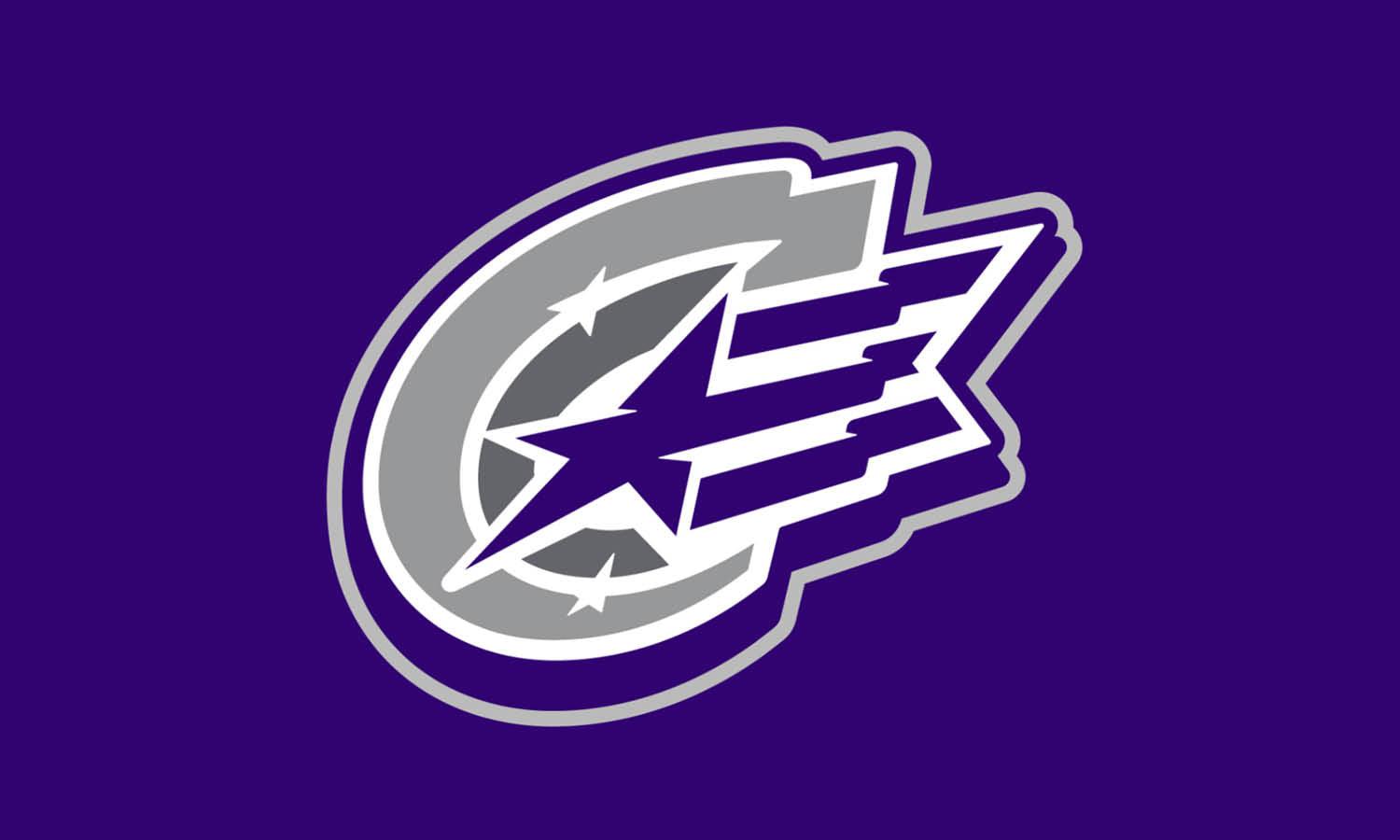
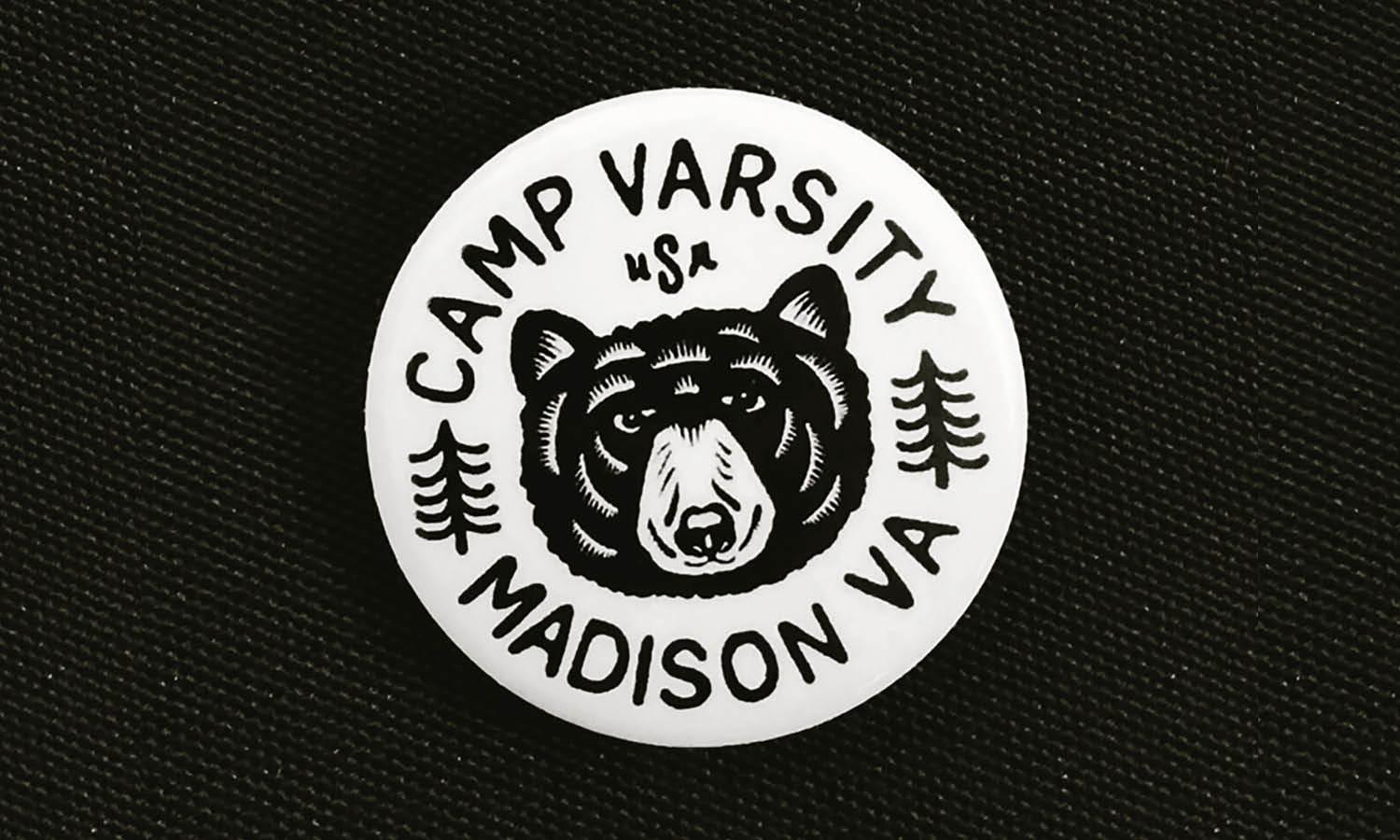








Leave a Comment